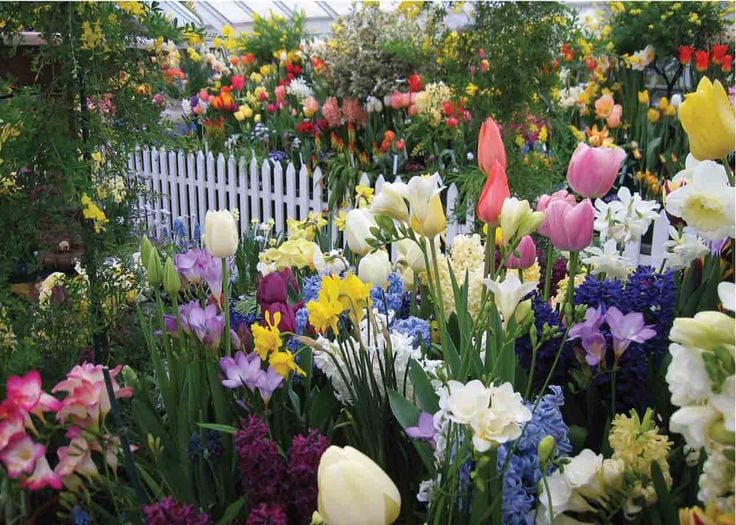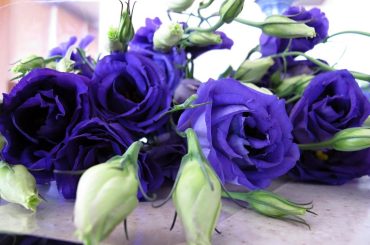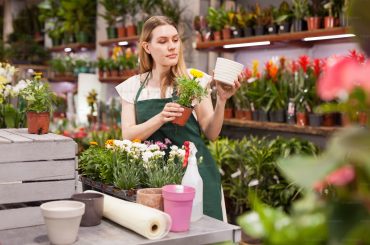Table of Contents
Want to add colours to your garden? Bulbs are pockets of colours available in different varieties. You just have to wait for some days or months after planting, and then you can enjoy them. Nevertheless, your patience will be rewarded. Bulbs are also sometimes mistaken for other tuberous plants. So, to avoid any confusion, this is a guide where you can know the right process to plant the bulbs.
Read on and learn the best care tips to get the big bulbs to flower in your garden. We have made a list that is a convenient and easy way for newbies.
Comprehensive Guide To Plant Bulbs
1. Understanding Bulbs
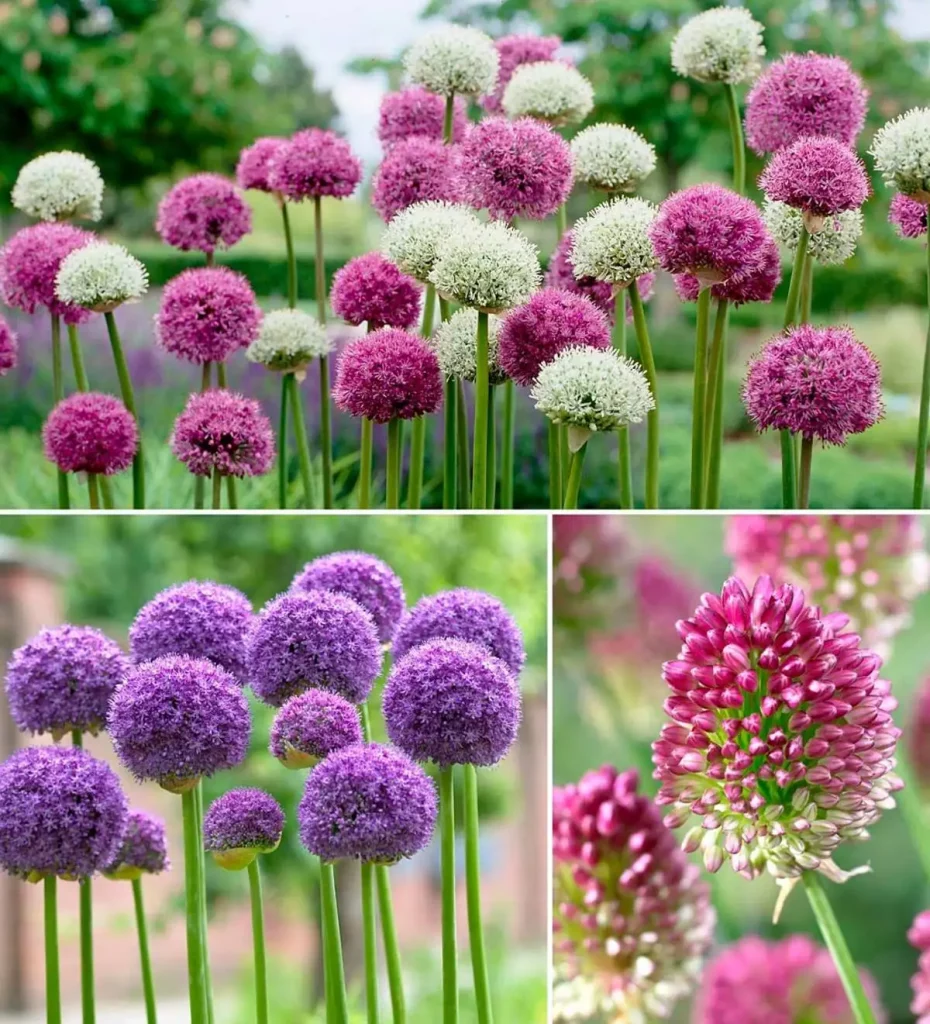
Before sowing the seed of bulbs, you need to know the types. There are many types of bulbs, and here we are mentioning the bulbs which are mostly grown by gardeners.
- Tulips have different colours of flowers and stem sizes. You can explore various hybrids of tulips.
- Lilies are known for their full flower, which has importance in culture and literature.
- Snowdrop has bell-shaped flowers and grows mostly in winter.
- Fritillaria is a flower that has a very beautiful pattern of flowers, giving it a mysterious vibe.
- Dahlia is a vibrant flower genus in which around 49 species are included giving the wide option for your garden.
Autumn season is best for Bulb plants; therefore, sow their seeds during that season. Being an annual plant, they will bloom even in the winter season. To avoid damage from frost or temperature fluctuation, use drapes to cover them up.
2. Choose The Right Bulbs
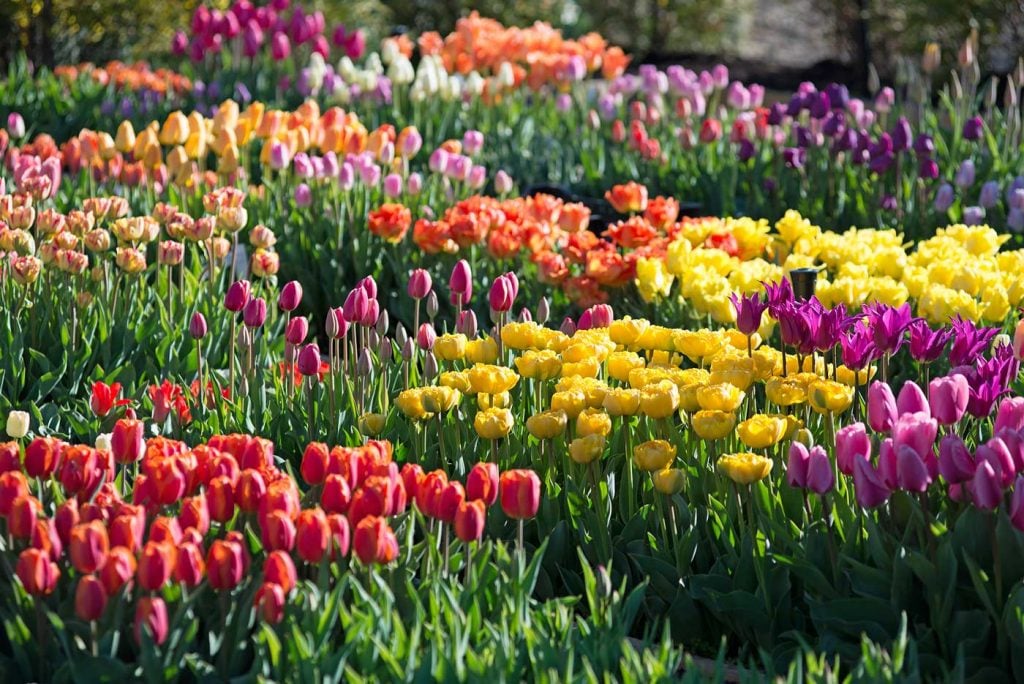
While selecting the right bulb plant, you need to know the requirements of the plant. Common factors like soil and sun requirements are mentioned to make your choice easy.
- Tulips:They love water and need moist soil for growth and development. For soil, they need neutral or slightly acidic soil. While choosing the tulip, make sure your garden has a spot where sunlight falls for only 5-8 hours, as tulips don’t like much sunlight.
- Lilies: Lilies are the opposite of Tulips and need plenty of sunlight for growth. Water your lilies timely and limit them because excessive water can rot your plant roots. Therefore, affecting its overall growth.
- Snowdrops: For proper growth, they need shady areas and water, whereas these plants are easy to grow and don’t require much care, like pruning. When to plant bulbs? This is the major question that is asked by people. Plant them during February and March and enjoy their bloom during May.
- Fritillaria: It loves moist and damp places; thus, go for a shady spot and water them for better development. They are easy to plant and should be planted at a distance as their root need space for propagation.
- Dahlia: They are sun lovers and require 10 hours of sunlight for propagation. They are very sensitive to wind. Thus, grow them in a Recycle pot and re-plant them in the garden after a certain height.
3. When To Plant Bulbs?
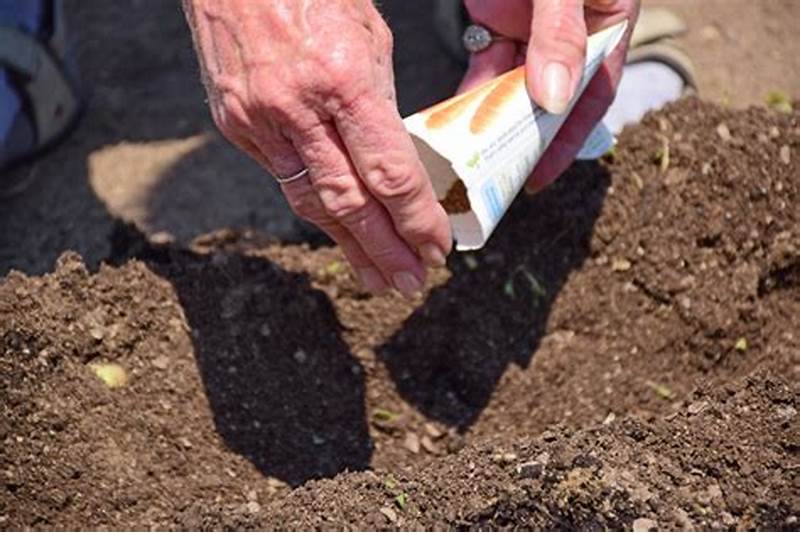
When to plant bulbs? This is now the most important question you need to know. While planting the seeds, make sure you have decided on the following things:
- Choose contrasting colours for your garden.
- Choose the spot where both direct and partial shade is available.
- While sowing seeds, make sure to maintain a distance between them.
- Prepare the soil by adding the compost and water the soil before seed sowing.
- Mix the bulbs seeds with the early harvest flowers like Hydrangea. That will give bloom and colours to your garden.
- Check the plants timely for pests or foilage for early detection.
4. Prepare The Soil
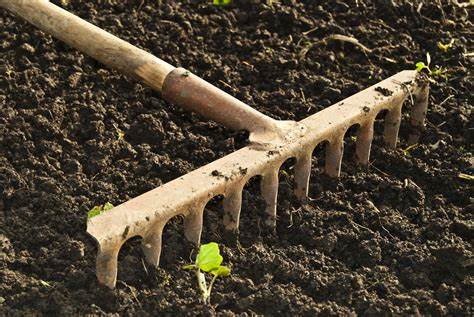
Bulbs plants require porous soil for growth. Therefore, go for silt soil for the bulb along with the soil, and make sure to mix compost. The preferred compost is sawdust or peat moss. Thus compost helo in retaining the moisture in the soil and make water absorption easy. While planting, make sure that your seed is around 10-12 inches deep. If you are planting Dahlia, grow them first in a container as they are sensitive to wind.
In containers, bulbs plant are more prone to damage because of cold temperatures. Therefore, place them indoors in winter for propagation. When your plant grows to a certain height, then using the garden tools makes some holes in the soil for drainage and respiration.
- Vermiculite helps to aerate soil while simultaneously retaining water and nutrients, which it then...
- Vermiculite is useful for seed sowing and propagation. It can also be added to house plant compost.
- Seeds can be sown in 100% Vermiculite, or as a 50/50 mix with potting compost.
5. Care And Maintenance
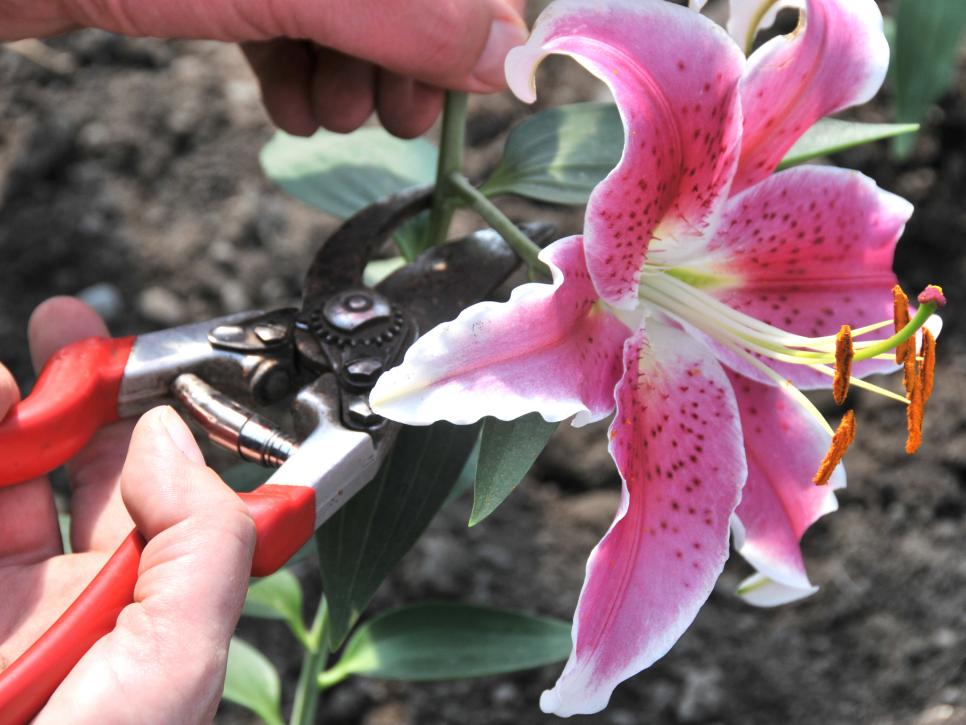
To witness blooms in your garden, there are some necessities, and all of them are mentioned below for Flowering Bulbs:
- If you purchase a small pre-mature plant, then make sure to plant it as soon as you bring them home because these plants can’t survive much longer without water.
- If you have planted your bulbs in the container, then water them regularly. And also make drainage holes in the bottom for absorption of soil.
- Water is important but doesn’t overwater them; otherwise, their roots will rot.
- In summer, water them twice or thrice and do a finger test before watering to maintain the water balance.
- For better growth, use kitchen waste or plant foliage as compost.
- Cut off the flower before fertilization otherwise, plant energy will be spent on seed production, and you will see less blooming.
- If your Bulbs grow huge and take the space, then prune them and plant the stems somewhere else.
6. Pests And Diseases
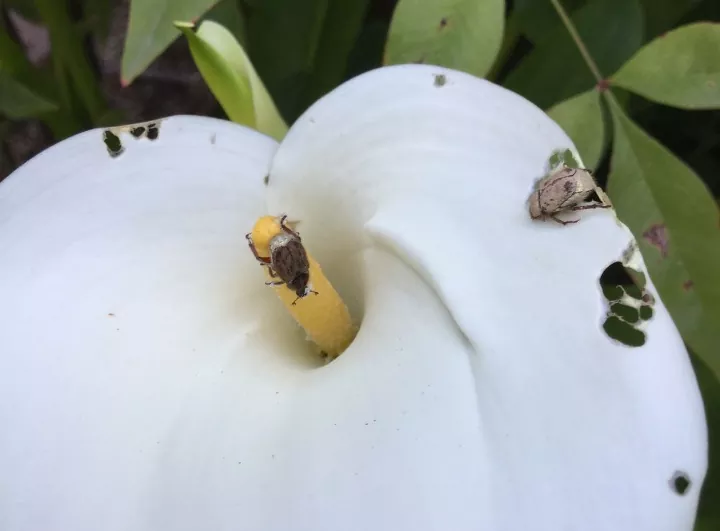
The bulb is a flowering plant and has a pleasant smell that attracts various insects, thus, making those insects not beneficial. On the contrary, they are the enemies of the plant and destroy the plant growth:
1. Aphids
Aphids are small insects that feed on the aerial part of the plant. If your plant is infested by them, then it will show symptoms of damage. You can detect them with the symptoms like Deformed flowers, Loss of Vigor. You can even spot them inside the flower bud. To remove these pests from your plant, spray the water with pressure on the plant.
- NEWEST & SUPERIOR QUALITY: The FANHAO hose gun is extra heavy duty made from a 100% metal. High...
- 7 WATERING PATTERNS: Rotate the sprayer head dial to select a water pattern from Shower, Jet, Flat,...
- LABOR-SAVING DESIGN -- FANHAO hose spray gun features a nice lock bar at the bottom of the handle...
2. Caterpillars
Bulbs attract butterflies. Thus, there is a chance that caterpillars might be feeding on fowers. Foliage and leaves are eaten up by the caterpillar. In the early stages, you can spot small eaten spots or holes in the plant. To remove the caterpillars from your plant, you can use the physical method or introduce the wasps or flies in your garden which feed on caterpillars.
3. Snails
Snails are the pest that affects the plant from the underground part, also called the root system. You can trace them by the marks of trails in the soil. To avoid snails, clean the litter or rotten leaves from the soil. You can even use copper foil so that it won’t be able to creep and affect the roots of your plant.
4. Mosaic Virus
Streaked foliage and deformed blooms are common primary symptoms of mosaic viruses. This post has no cure, as viruses are incurable and feed on the host cell. Therefore, in the initial days, you can remove the infected part of the plant. Otherwise, you can decompose the plant but don’t use it as plant manure because the soil will also get affected and will transfer the disease to the other plants.
To avoid these pests, you can use different methods; the first one is the Physical Method, in which you can use mesh or netting to trap them outside the garden. This method is good for the pests that invade the aerial part of the plant. The second method is the plantation of companion plants like onion or leek.
Conclusion
These are all the guidelines about how and when to plant bulbs in your garden. Right after you have decided on the garden design, get the seeds or the plant bulbs for your garden. If you thought of doing it next Sunday, then you might lose the best season and won’t get the appropriate results.
For bulbs, grow them in a spot where bright and indirect are available. Water them regularly and add the compost after regular intervals; it’s better to check for pests and diseases while adding compost to the soil to maintain the health and growth of the plant.
Let’s change your garden and add some bright, cheerful colours to it. Found this blog useful? Comment below and do share your experience of growing your favorite bulb plant.
Frequently Asked Questions
How Deep Should You Plant These Bulbs Flowers?
The depth of the bulb flower depends on its size. At the same time, there is a general rule called the Thumb rule. In this rule, you should plant the flower deep in the soil, which is approximately two or three times its size.
Can You Plant Bulbs in The Container?
Yes, you can plant bulbs in the container. Just make sure that your container is spacious to occupy your plant. Use the bigger size of the container, which consists of drainage holes that will help in the respiration of the plant.
Do Bulbs Need Fertilizer?
A balanced fertilizer is important; it provides essential nutrients to the plant for growth. While applying a fertilizer, read the manual for better effects. It’s better to use the slow-releasing fertilizer in the soil as it provides long-term benefits.
How to Protect the Bulbs from Pests?
Pests are common on bulbs because of their nectar and smell. You can avoid the chances of infestation by using companion plants that repel the pests and camouflage the smell of the bubs which attract pests. You can use physical methods to keep these pests away from the plant, or regular inspection is another method that you can use to keep the pests away from your garden.

